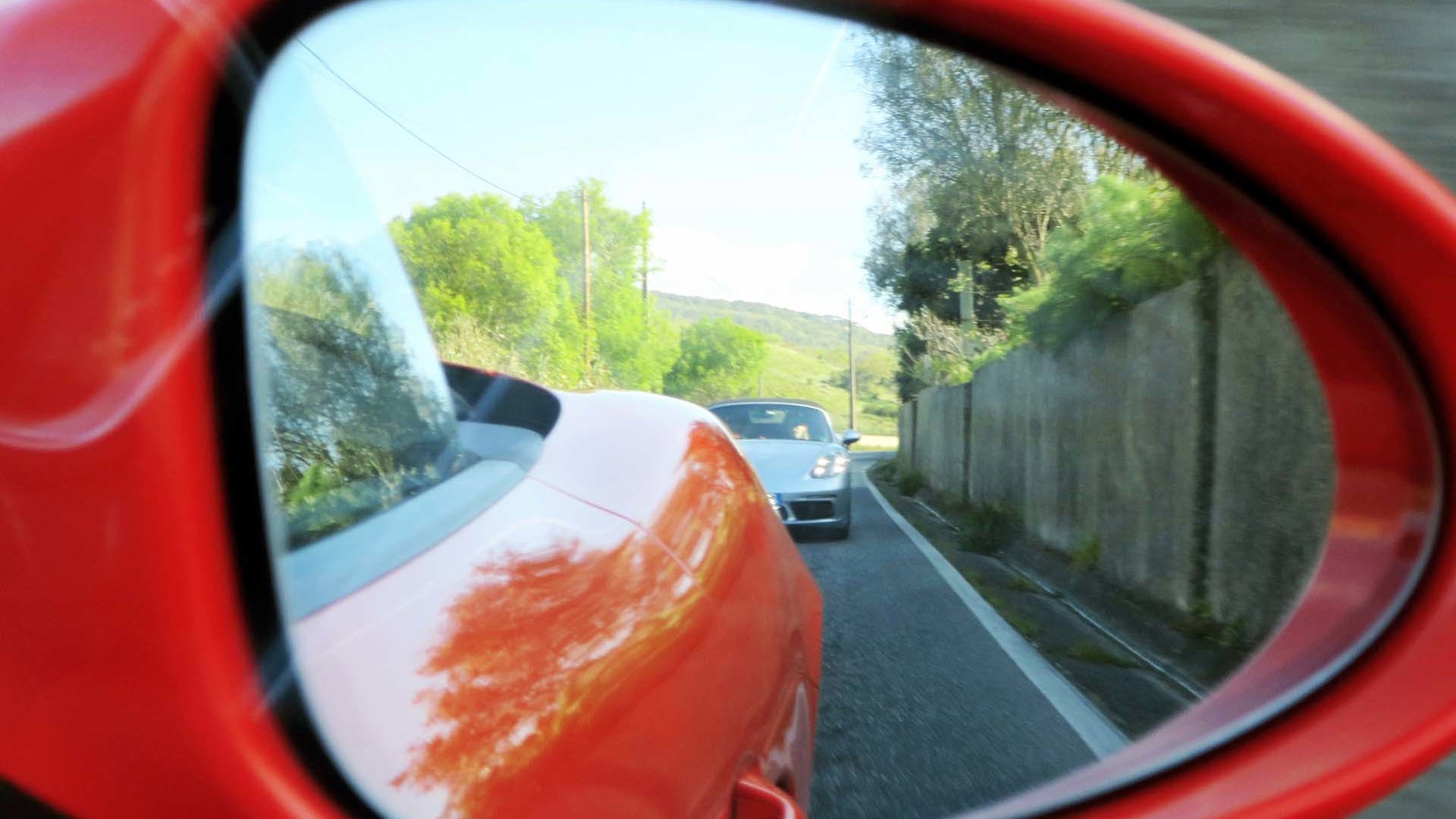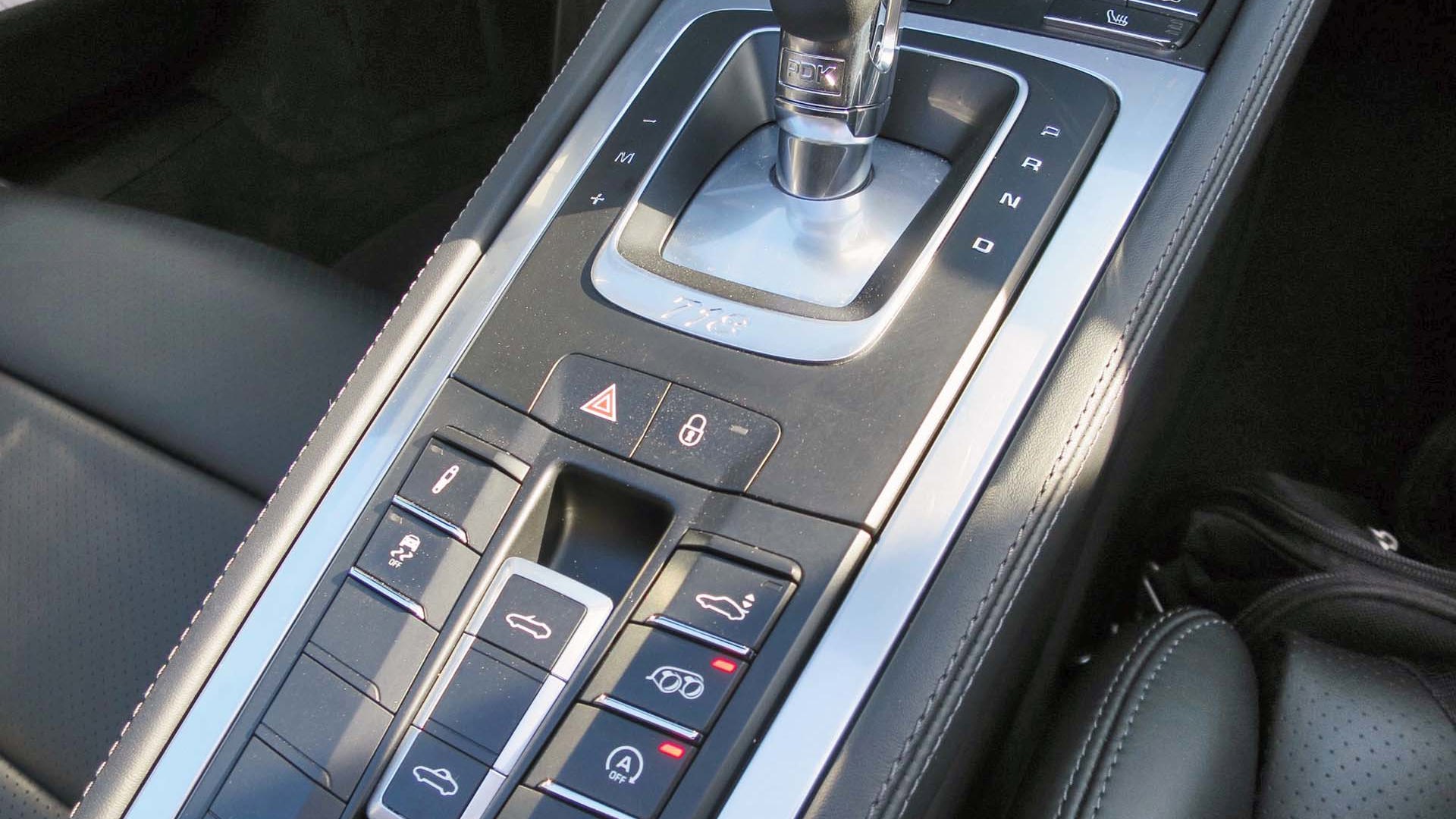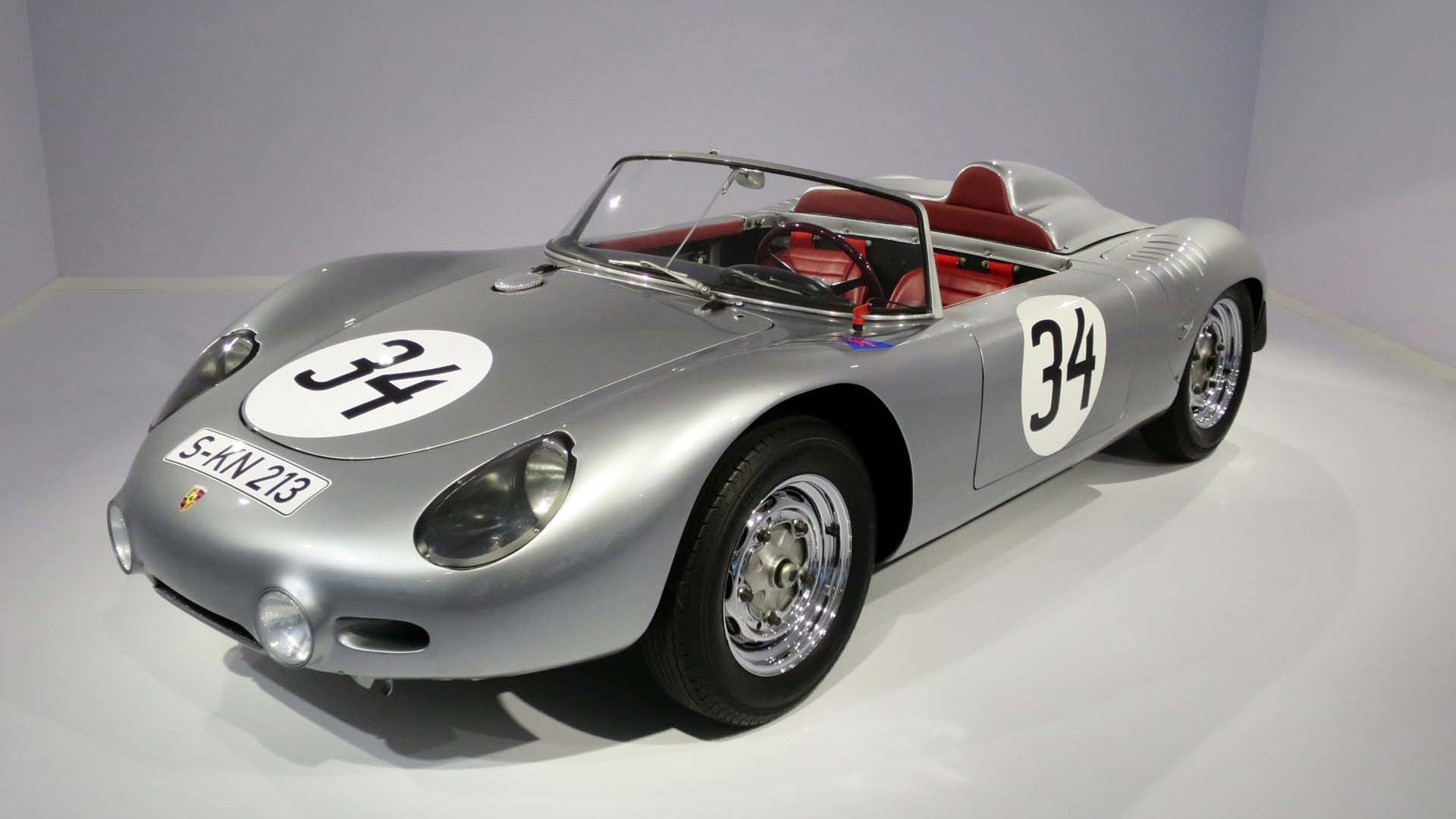Lisbon, Portugal - It's been 20 years since the introduction of the Porsche Boxster. Did the company even have a website back then? I bet no. Didn't matter; there was print and TV, and believe me, word got around and the orders came rolling in.
It's obvious why. This was a mid-engine Porsche convertible with a proper flat-six engine (although not air cooled, which at the time was significant) and serious engineering credentials. And it was a looker, with exciting, if somewhat polarizing, exterior design (most liked the front; loved the rear). Arctic Silver exterior and Boxster Red interior were the signature colours, and in Canada it started at $58,000. The Boxster was a home run for the brand.
Over the years the power increased bit-by-bit, the price has gone up (moderately, though) the wheels got larger, there's new technology, its lines have sharpened, but the initial concept was brilliant and Porsche has largely stayed the course.
While the concept is still bulletproof, for 2017 there are significant changes including a name change and a major drivetrain modification along with some external tweaks. It may look the same (or the same enough), but under the skin, much work has been done.

As far as the name change is concerned, the actual model is now the Porsche 718 Boxster with the upcoming 718 Cayman being positioned slightly below the convertible. Why 718? Well, way back in the 1950s and '60s there was a very successful racing Porsche designated 718 that was powered with a flat four-cylinder engine. So in the 718 Boxster we have something of a descendent because it, too, is powered with a flat four-cylinder engine. Porsche hasn't sold a flat-four powered car since the 912 E 40 years ago (we won't mention the 914... okay, we did).
That's right, no more flat-six, at least, not in the 718 Boxster or 718 Boxster S (but maybe in future variants?). Apparently Porsche can get more horsepower, more torque, better fuel economy and emissions results with a direct-injected, turbocharged flat-four. That's about the size of it, so what remains is to learn how the car drives, how it sounds, and what they've done regarding motive power and the chassis?
Basically, in the $63,900 718 Boxster, Porsche has managed to generate 300 hp from 2.0 litres of displacement, and in the $78,000 718 Boxster S you'll experience 350 hp from 2.5 litres of displacement. In the 718 Boxster, a classic wastegate turbocharger pushes air into the combustion chambers while the 718 Boxster S uses a larger turbocharger with an additional wastegate and variable turbine geometry (VTG, also found in the 911 Turbo) “to optimize control of the exhaust gas stream,” explains Porsche.
Direct-injected and turbocharged engines are all the rage and have gained a reputation for big power from small displacement (and excellent fuel economy). But they are especially loved by driving enthusiasts for their prodigious torque. The 2.0 L engine of the 718 Boxster, for instance, generates 280 lb-ft of torque from 1,950 all the way to 4,500 rpm, which is an increase of 74 lb-ft torque compared to the outgoing model. The 718 Boxster S 2.5 L engine makes 309 lb-ft (43 more than the previous Boxster S) from 1,900 to 4,500 rpm. Acceleration times are commensurately improved both from standstill and at speed. With the PDK transmission and Sport Chrono Package the 718 Boxster requires 4.7 seconds to reach 100 km/h (0.8 seconds faster than the previous model), while the similarly equipped 718 Boxster S takes 4.2 seconds (0.6 seconds faster). Top speeds are 275 km/h and 285 km/h respectively.

The latest $2,200 Sport Chrono Package, by the way, now features a control on the steering wheel where drivers can select Individual, Normal, Sport and Sport Plus modes, along with Sport Response button that prepares the engine and transmission for peak responsiveness for 20 seconds. In that mode, the turbocharger builds pressure more rapidly, the engine responds more spontaneously and it reaches its maximum power more quickly. Additionally, the PDK transmission immediately downshifts and a special shifting map is used with shift points higher than those used in Sport Plus mode. All this in preparation for a very spirited acceleration manoeuvre (you can use it at standstill, or on the move). Sport Chrono is available as an option for both models, as is the pricey ($2,900) but very entertaining Sport Exhaust. Furthermore, in conjunction with the Sport Chrono Package, the Porsche Stability Management (PSM) system adds a Sport mode to the console-mounted PSM button that “takes the roadster even more in the direction of car racing.”
With Porsches, there's always more...
And speaking of the exhaust, there's a new system front-to-back designed to “guarantee the passionate sound experience that is typical of Porsche.” In other words, Porsche doesn't want its flat-fours to sound like a Subie. Not to worry, from the inside, at least, the sound is muscular and satisfying.
The transmissions remain standard six-speed manual or optional $3,660 seven-speed Porsche Doppelkupplungsgetriebe (PDK), and the chassis, while not all-new, is “completely retuned to enhance cornering performance,” according to Porsche. That includes rear wheels that are one half-inch wider and standard 18-inch wheels for the 718 Boxster and 19-inch wheels for the 718 Boxster S (20-inch are available for both models). The rear wheel widths, by the way are 9.5 and 10.0 inches respectively.

The chassis features a new lateral member that strengthens the rear subframe, improving lateral rigidity. The shock absorbers use larger pistons and cylinder tube diameters improving wheel guidance. The wider rear wheels “make a significant contribution” to increased cornering stability in combination with newly developed tires, says Porsche.
Additionally, higher stabilizer and spring rates minimize pitching and rolling and Porsche has added rebound buffer springs to reduce lifting of the front body while accelerating and to reduce the roll angle when cornering. At the press launch, standing starts on a military air force runway allowed drivers to keep the accelerator flat on the floor for two kilometres, making the point at between 230-240 km/h that the front end was barely lifting.
The engines, by the way, sit on two rear transmission mounts (as before), but the Boxster S gains an additional dynamic engine mount with adjustable stiffness at the front. These mounts can be decoupled when idling (eliminating engine vibration into the cabin) and made stiffer when driving to minimize movement of engine mass. It's all about rigidity, in other words. With the Sport Chrono package, the dynamic engine mounts can be further optimized.
Handling options that can be selected include Porsche Active Suspension Management (PASM) with a ten millimetre lower ride height and, for the 718 Boxster S, a PASM sport chassis with a 20 millimetre lower ride height. In both versions, the system provides a broader spread between long-distance touring comfort and dynamic stiffness. As Porsche explains, “At each spring strut, a height sensor now measures spring displacements, and three accelerometers measure the dynamics of excitations. This enables even more precise and sensitive control. For very ambitious drivers, the PASM sport chassis with its 20 mm lower ride height offers much stiffer tuning in Sport mode.”

Complementing the improved handling, the electromechanical steering is 10 percent “more direct,” according to Porsche, now using the steering gear from the 911 Turbo (Power Steering Plus is available as a further enhancement). The 375 mm steering wheel itself is derived from the 918 Spyder, with an optional 360 mm wheel available.
And with acceleration times down and top speeds up, the 718 Boxster now uses the brake system previously found on the Boxster S (330 mm discs front, 299 mm discs rear), while the 718 Boxster S uses the four-piston calipers of the 911 Carrera with thicker front brake discs (34 mm vs 28 mm).
Briefly, the design of the 718 Boxster does not differ significantly from the outgoing models. The sharp-eyed will spot detail differences (the side and front air inlets are larger; the conspicuous Porsche script at the rear is new; the edges seem sharper; the lights front and rear are new), but overall nothing radical has been done to this much-loved vehicle. And what has been done is sure to please.
It's underneath where the big changes reside, and even those are not a departure from Porsche's historical engineering preferences. The new vehicle is significantly improved, I would say, but not significantly different.
We can't wait to get our hands on both models for a comprehensive test drive. Buyers can order now.
The Boxster is gone; long live the 718 Boxster!
2017 Porsche 718 Boxster: $63,900
2017 Porsche 718 Boxster S: $78,000
Freight: $1,085





































